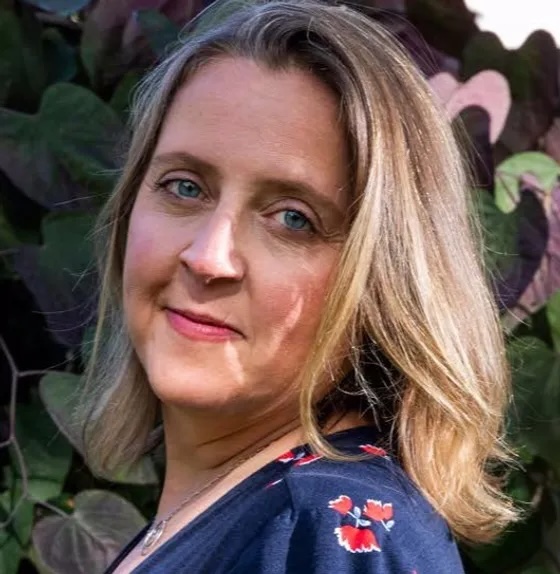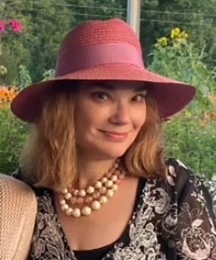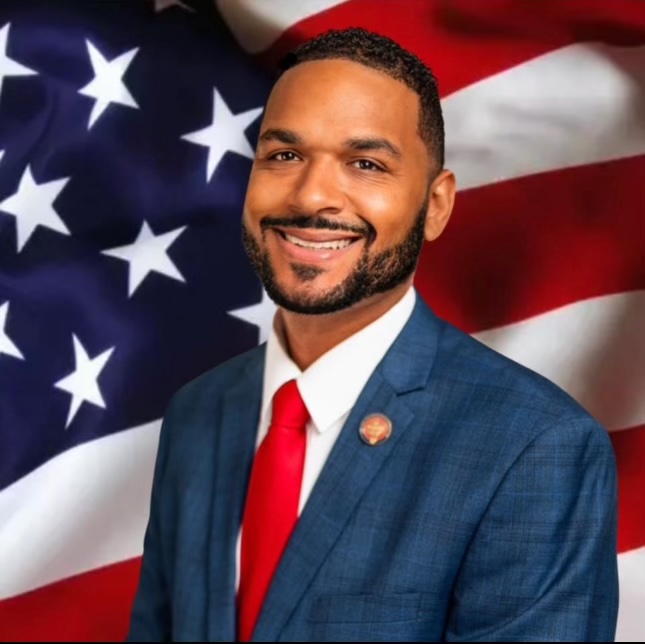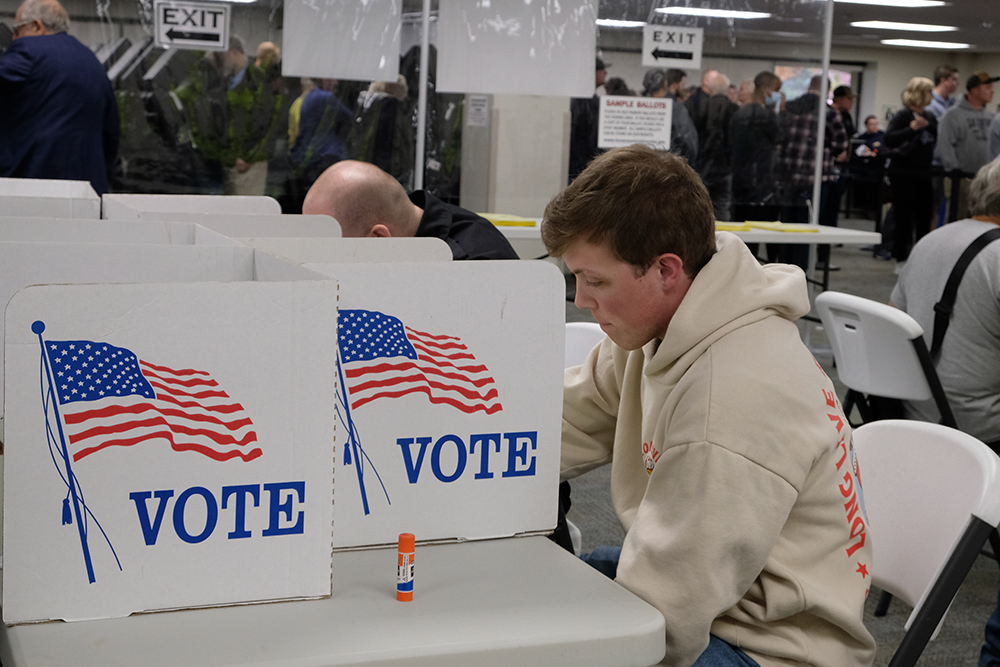Geographic district boundary selection on the ballot
OHIO – You might know who your congressional representative or state legislator is, but do you know how your community gets assigned to its district?
The process of who makes those decisions is the focus of Ohio Issue 1, a state-wide ballot issue that will determine who draws the geographic district boundaries for future elections.
The Citizens Not Politicians committee urges a yes vote on Ohio Issue 1, while the Ohio Works committee urges a no vote.
What does redistricting mean?
The taking of the census every 10 years begins a timeline by which population trends are vetted and district boundaries are reconsidered for the House of Representative seats. The House is currently at 435 members, and Ohio has 15 of those seats.
In a parallel arrangement, the Ohio legislature has 33 Senate seats and 99 House seats, with census population counts among the factors used to draw the districts.
Redistricting determines who appears on the ballot in specific geographic areas. Voters may be included in an area with shared political opinions, but also might find the opposite. And each time a district boundary is reset, some voters will learn they were placed in a different district for future election cycles.
What does gerrymandering mean?
Ohio’s current political climate trends republican, and many of the statewide officials now in office are of that party. This was not always the case: Ohio’s presidential voting history is actually mixed. In most presidential elections during the past 50 years, the state has voted with whomever was the overall winner.

Regardless of statewide or national voting patterns, the political personality of individual districts depends on who lives in those communities. Accusations of gerrymandering, the intention to provide an unfair advantage to one party over another through district boundaries, have long been part of Ohio politics.
“We started fighting gerrymandering in the 1960s,” said Jen Miller, from the League of Women Voters of Ohio. “Whatever party is in power wants to keep that power.”
Miller said when a district is tilted too much toward one political persuasion, “it makes it nearly impossible to hold politicians accountable.”
Both statewide campaigns claim their respective stance is meant to deter that situation.
How was redistricting handled recently?
The Ohio Redistricting Commission, created in 2015 with seven elected and appointed members, including the state governor and state auditor, was tasked with redrawing districts for Ohio’s legislative seats under rules approved that year by Ohio voters. Another ballot issue in 2018 addressed the congressional seat allocation.
The maps the commission proposed for the state and congressional seats resulted in multiple lawsuits and years of litigation. That commission has disbanded; its last meeting was in fall 2023.
What would Issue 1 do?
The decision before voters in the Nov. 5 election involves who will draw future boundaries and sets limits on court appeals of the maps.
If Ohio Issue 1 is approved, the newly formed commission will have 15 appointees: five republicans, five democrats and five independent voters. Current and former politicians, along with lobbyists, could not serve on the commission.
The selection process includes retired judges interviewing potential candidates and then randomly drawing names from among the finalists.
Support for Issue 1
Citizens Not Politicians is the group in favor of Issue 1, with “end gerrymandering” as its campaign phrase.
“When politicians draw biased voting districts to ensure their own re-election, it’s called gerrymandering, and independent, nonpartisan experts have found that Ohio is one of the most gerrymandered states in America,” the committee’s ballot statement says.

Melissa Portala, of Toledo, is one of the volunteers working on behalf of the Issue 1 campaign, and said the campaign is “a very bipartisan issue,” citing the list of people and organizations who have issued endorsements.
“I think it is time for the voters to pick the politicians instead of the politicians to pick the voters,” Portala said. “This gerrymandering leads to extremism. It’s very difficult to compete.”
When she is speaking to voters, Portala often shows district maps to illustrate her point, explaining that “not doing anything leaves the gerrymandering in place.”
Miller said the League of Women Voters supports Issue 1, just as it supported anti-gerrymandering efforts in the past. She said leaving politicians involved in mapping discussions, as has traditionally been done, results in concerns about fairness and accountability.
“Voters overwhelmingly have supported this amendment,” she added.
The Lucas County Democratic Party has a “Vote yes on Issue 1” message on its website.
Opposition to Issue 1
Ohio Works is the group opposing Issue 1, with “Vote no Issue 1” as its campaign phrase.
“Issue 1 is nothing more than a partisan power grab by elite, out-of-state special interests who want to rig Ohio’s elections and impose gerrymandering into Ohio’s constitution,” its official campaign statement said.

Ohio Rep. Josh Williams, a republican whose District 41 includes part of Lucas County, said his concerns include potential impact on minority representation in the statehouse. He pointed to Michigan’s redistricting efforts as an example: “It resulted in cutting up minority communities in an effort to create more democratic districts,” he said about the Michigan maps.
Williams also opposes Issue 1 because of what he sees as lack of accountability. Since the commission members were not voted in, they can’t be voted out. There also are limits on what the courts can do should a map be challenged.
“It literally removes the jurisdiction of our courts to review maps,” he explained.
Another reason he cited is the emphasis on the two major parties in the plan, with its five republicans and five democrats in the commission. “It disenfranchises independent voters. What about our third party candidates?” he asked.






